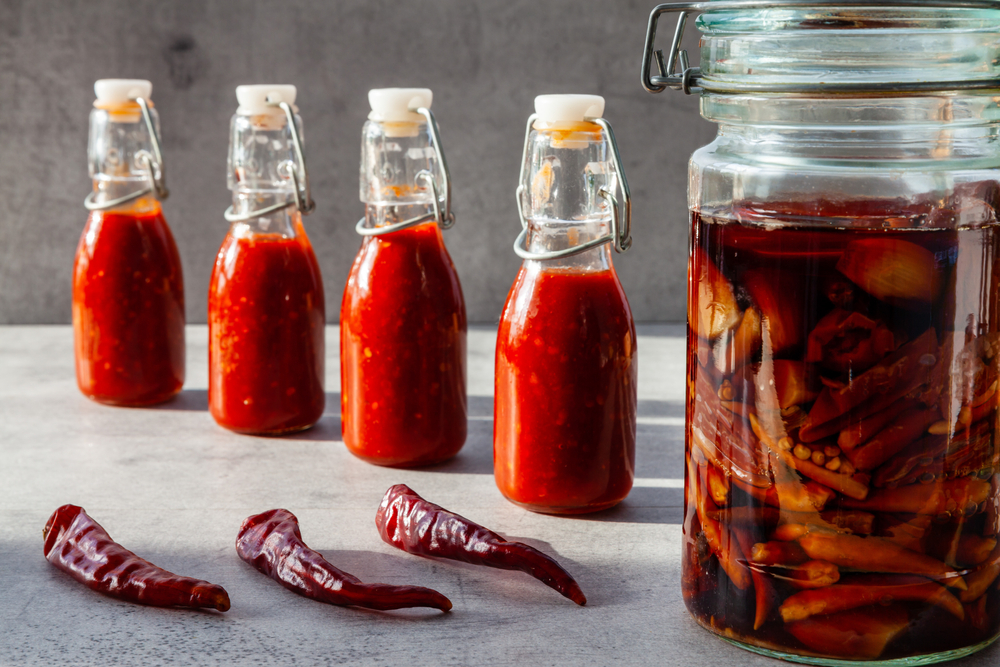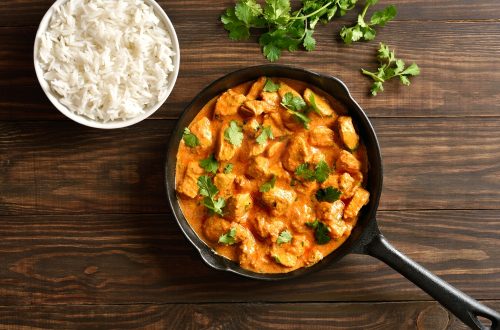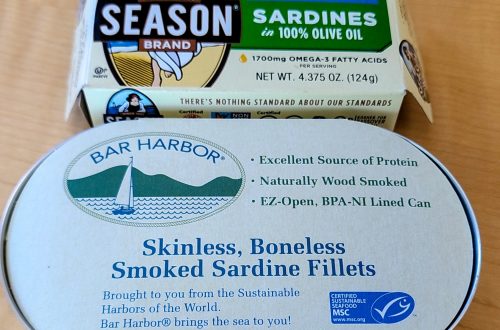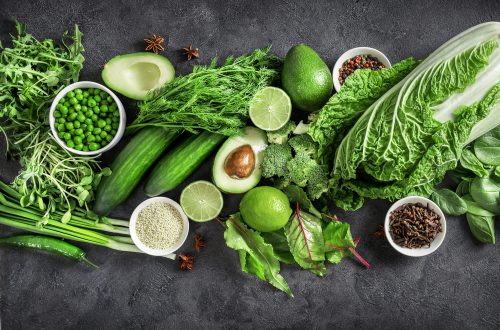
Some Like It Hot
From your email, please click on the title to view the photos and comment online. On the Website, you can read past blogs, search for recipes, and browse.
Some like it hot – spicy, that is. One of my faithful readers wants to know how to make her own hot sauce. If you’re one of those types who say, the hotter the better, or even (like me) you prefer just the occasional splash of Tabasco or sriracha, what ingredients do you use to achieve your heat goal? So, I had to do my homework.
Your ideal sauce should be the right combination of sweet and spicy, with some flavors that enhance the rest of the dish that you’re seasoning. But you’ll really need to know your peppers. That’s what makes the sauce. And you’ll have to taste test to make sure. And don’t forget to wear rubber gloves when you’re preparing hot peppers.
In the past few years, we’ve seen a growing commercial market for such sauces to include not just standard Tabasco, but also other hot and spicy condiments from Central America and Asia, not to mention new additions from entrepreneurs across America. It’s not difficult to make your own hot sauce, but it does take some time. You’ll need to ferment peppers and other aromatics, then add some vinegar to balance the final mix. The commercial brands also add in some emulsifiers to make their preparations shelf stable. If you wish, you can just skip the fermentation and make a quick-cook version, but you’re giving up the ability to keep it for more than a few weeks.
Of course, the main idea in any hot sauce is the heat, and that means you need to choose your poison – jalapeños, habañeros, cayenne, serranos, or even ghost peppers. To balance the heat, you can add regular sweet peppers, and some experts recommend starting with two or three sweet peppers to one hot pepper. If you choose milder hot peppers such as jalapeños, you can even go one to one. Keep in mind that you can always add more heat, but you won’t be able to take it away. And while doing so, you’ll need to consider colors. Red bell peppers, red (ripe) jalapeños, and red cayenne peppers will yield a red hot sauce. Green bell peppers, poblanos, and green jalapeños will give you a green hot sauce – likely milder. You’ll need to mix and match to find your preferred heat level. But don’t neglect flavor.
As for fermenting, you can easily do it with two one-quart Mason jars. Heat 5 cups of filtered water, stir in about 6 teaspoons of fine sea salt until the salt is dissolved, then cool the brine to lukewarm. Meanwhile, slice your peppers – think equal parts jalapeños and sweet peppers to start. You’ll need about 6 to 7 cups. Slice the hot peppers in half. If you want more heat, add the seeds. Slice the bell peppers into strips and consider adding a thinly sliced carrot, a sliced shallot or two, and don’t forget 5 or 6 garlic cloves, quartered. Layer the ingredients into the jars and add the brine. Then make sure you press the peppers into the liquid. Cover your peppers with a cheesecloth and add some weights on top to make sure that the peppers remain submerged. Place your jars on a pan or bowl in a cool dark place (basement or cupboard). Check the first day periodically to make sure tiny bubbles are rising – that’s fermentation. After five or six days, strain your peppers, saving the brine.
Next, consider adding other elements. How about some honey and roasted garlic for some sweet heat? I’ve found that grilling peppers before pickling can give you a smoky and delayed heat reaction. How about adding some lemon or lime juice, sugar, or garlic? Or maybe even some porcini mushrooms or carrots? And maybe even add some strong herbs such as mint, oregano, or tarragon. Think about where you’ll be using it and what you want for the final result.
Put the pickled vegetables into a blender together with a cup of the brine and blend until smooth. Then add your vinegar and/or honey. Once you’re satisfied with the flavors, it’s ready to store in the fridge. Don’t use a sealed jar. Your sauce will continue to ferment and develop more flavors over time, so either loosely cover your sauce or put it into a plastic jar with a loose top. You’re good to go. Shake the container or stir before using.
Please click on the headline to view the blog on the website. You can log in and comment at the end of the blog to share your thoughts and start a discussion, or suggest a topic for Farmboy in the Kitchen.
If you’d like to share the blog, click on the Facebook icon or one of the others. Thanks!




